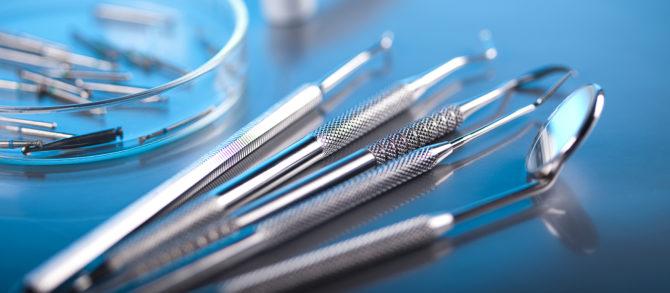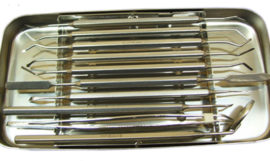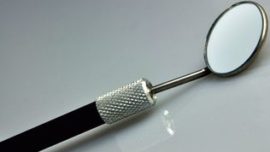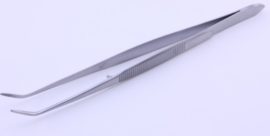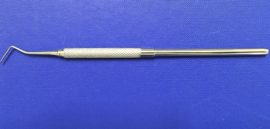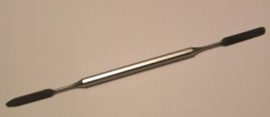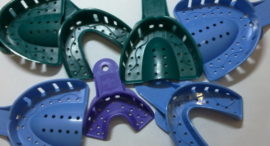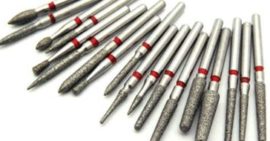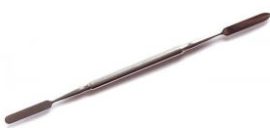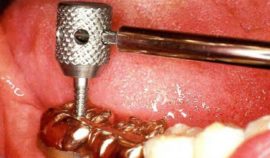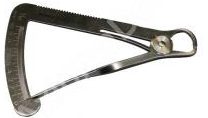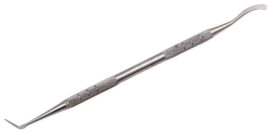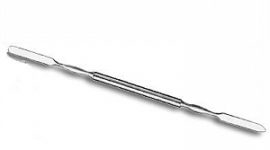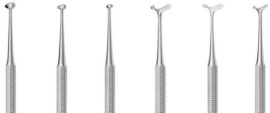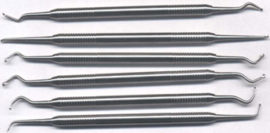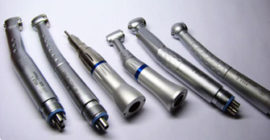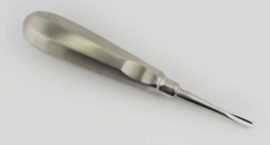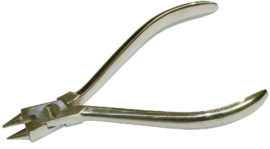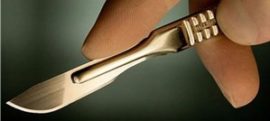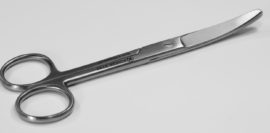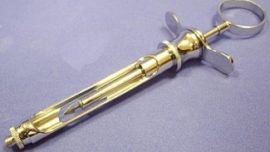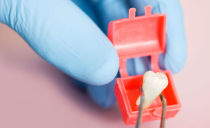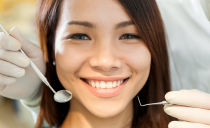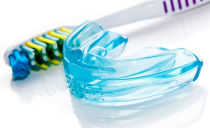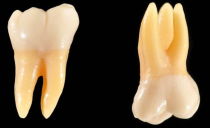Varieties and purpose of dental instruments
Modern dentistry has a huge arsenal of devices used for diagnostic and therapeutic purposes. Dental tools are necessary for examining the oral cavity, removing and replacing teeth, performing surgical procedures and other actions.
Content
Varieties and purpose of dental instruments
The dentist uses both a universal set of medical devices and specialized toolsrequired to perform narrowly targeted manipulations. There is a generally accepted classification of dental instruments:
- to examine the oral cavity;
- for the treatment and filling of teeth;
- for the preparation of filling and other compositions;
- to remove teeth and their roots;
- to remove dental plaque;
- for processing fillings and root canals.
The listed devices are universal and are necessary for general dental procedures. In addition to them, ordinary and surgical instruments are used in dentistry, intended for highly specialized dentists: orthodontists, orthopedists, periodontists, hygienists, and technicians.
Dental Oral Instruments
Diagnostic devices are included in the basic set that every dentist needs. Their main purpose is to examine the patient's oral cavity to identify problems and find a further way to solve them. In addition, they are necessary in the process of treatment and tooth extraction, with prosthetics.
Each dentist should have in his arsenal:
Dental Dental Instruments
Dental treatment tools are diverse. They differ in names, functionality, and also the material from which they are made. The choice of the right tools depends on what problem the patient went to the doctor. The same tools can be used by the dentist in the treatment of a wide range of diseases.
In addition to the basic set of tools used in the treatment of diseased teeth, in dentistry a number of additional devices are used for narrowly targeted actions, for example, prosthetics.
Dental prosthetics instruments
Prosthetics of any complexity requires an individual approach and takes a large amount of time. At each stage of the procedure, its own set of instrumental devices is used.
Dental Instruments for Dental Filling
The filling procedure using cement or amalgam requires the use of special tools with which:
- A dental cavity is prepared in which a filling will be placed.
- The modeling of the future tooth is carried out.
In modern dental practice, the following tools for dental filling are used:
In the process of filling, not only basic, but also auxiliary devices can be used: matrix holders, channel fillers, strips.
Dental surgeon tools for tooth extraction
Tooth extraction is one of the most common procedures faced by patients in dental clinics. Instruments of a dental surgeon are very diverse. The main among them are elevators and tongs.
In addition to all of the above, when removing incisors, fangs and molars, you may need tools to separate the gums from the jaw, tweezers to transfer and hold the dressing, needles of various thicknesses and lengths, clamps and forceps to hold the surgical needle.
Dental Removal Tools
Very often, patients who want to get rid of deposits on the surface of the teeth and gums turn to the dentist. For these purposes, tools are released under the following names:
- Curettes. Instruments having a different shape, which contributes to their penetration into any parts of the oral cavity.
- Hooks of various shapes and sizes. They are used to clean the tooth surface and gums from deposits.
- Excavators. Necessary to remove temporary fillings, pieces of food, as well as deposits that form above or below the gum, in the gingival canals.
- Nozzles for pneumatic or ultrasonic scalers. Effective in removing deposits over the gums, as well as in cleaning the area between the teeth. A device such as a scaler is forbidden to use in the presence of subgingival deposits.
- Enamel knife. It is used for polishing and perfecting the color of tooth enamel.
- Root file. A dental instrument used at the final stage of a dental plaque removal procedure. With its help, grinding of the root surface is carried out.
Listed all the basic dental instruments used in modern medical practice, is not so simple. The number of devices that every specialist should have in their arsenal is steadily increasing, since treatment methods are constantly being improved, new approaches to practical activities are being developed, and the quality of services provided is growing. It is important to properly navigate and understand the entire diversity of existing tools, using new technologies and developments.

